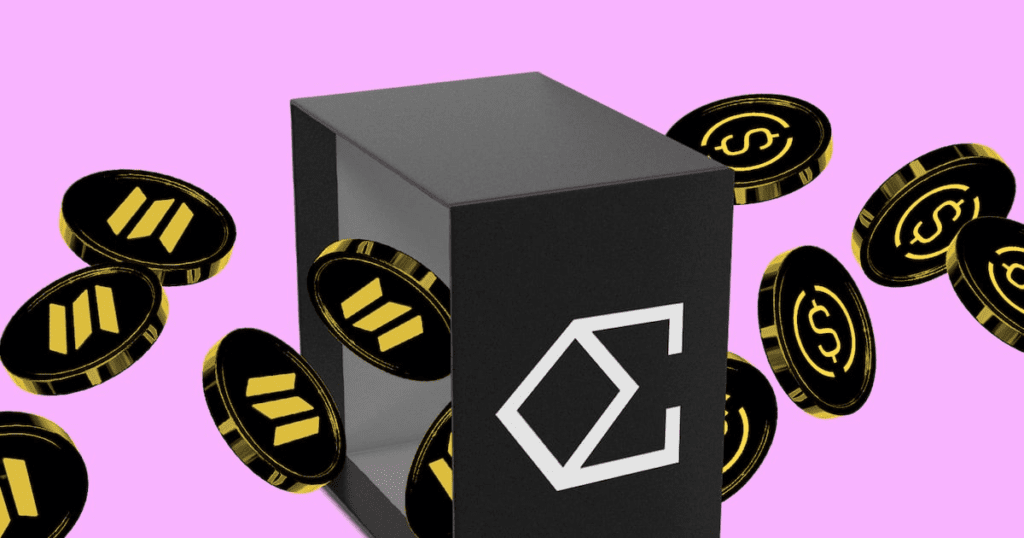- Solana users can now create Ethena’s synthetic dollar USDe.
- This expansion is part of the protocol’s plan to increase the number of USDe in circulation.
- Supporting USDe with SOL has both benefits and risks.
The eight-month-old Ethena experiment continues.
The synthetic dollar protocol announced Wednesday that it is launching on Solana, allowing users to stake SOL tokens to create synthetic dollars USDe.
This is the latest move to continue growing the $3 billion USDe supply as part of Ethena’s mission to become a major player in the stablecoin market.
As the fourth largest blockchain after Bitcoin, Ether, and BNB Chain, Solana’s deployment presents a lucrative opportunity.
Ethena founder Guy Young said: DL News This measure could facilitate the creation of an additional amount of 600 to 900 million US dollars.
Compared to stablecoin market leaders Tether and Circle, which have market caps of $114 billion and $34 billion respectively, Ethena has its work cut out for it.
Ethena also works very differently from Tether and Circle’s model.
Instead of holding assets equivalent to the amount of stablecoins on the market, Ethena allows users to deposit volatile assets, like Bitcoin, Ether, and now Solana, to create USDe.
Join the community to receive our latest stories and updates
Ethena then covers these deposits with short positions – bearish bets – on the corresponding asset.
This creates a stable support for the USDe which has so far remained unaffected by volatile price movements of the underlying assets.
Weathering the storm
Since its launch in December, critics have raised concerns about how Ethena would perform during periods of high volatility in the cryptocurrency market.
Some have compared the protocol’s USDe token to TerraUSD, an undercollateralized stablecoin that collapsed in 2022. It’s a comparison Young rejected.
Ethena’s first major test came on Monday, when the cryptocurrency market fell about 25% as recession fears and economic policy changes in Japan spooked financial markets.
As the market tanked, Ethena facilitated over $50 million in USDe redemptions — returning their USDe for deposited crypto — the most in a 24-hour period, without a single issue.
Young had already said DL News that the diversification of USDe support across multiple derivatives markets and supporting assets should help reduce risks.
The opening of USDe creation on Solana using SOL tokens adds to this diversification.
However, doubts remain about the resilience of Ethena’s model.
One of the biggest risks is the possibility that funding rates on bearish bets supporting the USD will turn negative.
This means that instead of the protocol generating a yield on derivative bets backing USDe, it would have to pay to keep them open.
Ethena stated in its announcement that SOL’s funding rate has surpassed that of Ether and Bitcoin in 2024, meaning the protocol is likely to increase yields for USDe stakers from SOL-backed USDe.
But this could backfire if the Solana funding rate goes negative in the future.
There is also the issue of using a cryptographic bridge to connect existing USDe on Ethereum with new tokens created on Solana.
Young said Ethena chose the LayerZero crypto bridge to facilitate cross-chain USDe transactions because of its focus on security.
However, the main risk in launching USDe on Solana lies in the LayerZero bridge, Young said.
The bridges between Ethereum and Solana have already been attacked.
In 2022, the Wormhole crypto bridge connecting Ethereum and Solana was hacked for $326 million, contributing to $1.8 billion in bridge hacks that year.
Tim Craig is DL News DeFi correspondent based in Edinburgh. Feel free to share your tips with us at tim@dlnews.com.




